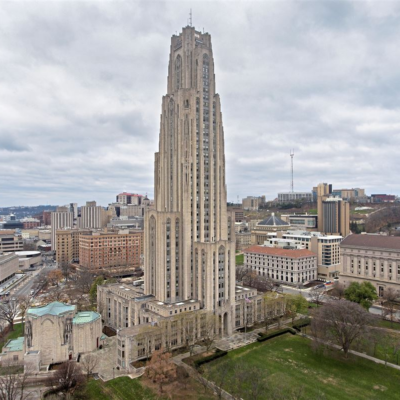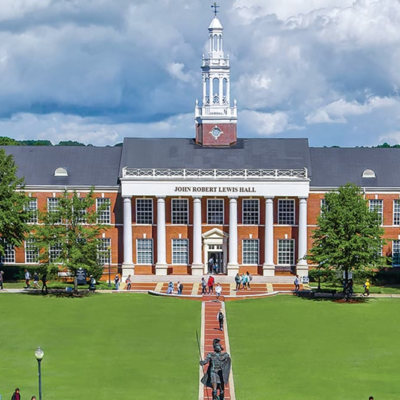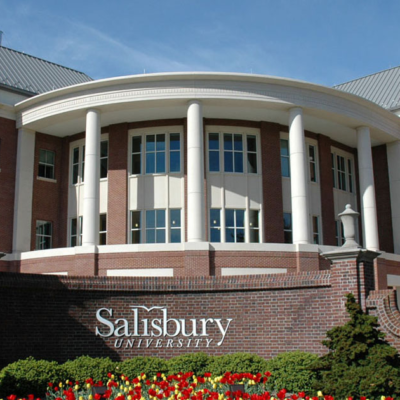The beauty industry in the United States is undergoing a major transformation. For decades, beauty campaigns mostly featured a narrow idea of perfection — fair skin, slim bodies, and flawless features. But that outdated standard is quickly fading. Today, inclusive beauty campaigns are taking center stage, reflecting the rich diversity of American society.
From skin tones and body types to gender identities and disabilities, brands are beginning to celebrate all kinds of beauty. These inclusive efforts are more than just trends — they are shaping a more positive and realistic standard of beauty for future generations.
What Are Inclusive Beauty Campaigns?
Inclusive beauty campaigns aim to represent people from all walks of life. This includes different:
- Skin colors
- Body sizes and shapes
- Ages
- Genders and gender expressions
- Physical abilities
- Cultural and ethnic backgrounds
These campaigns push back against the idea that only one type of beauty is valuable. Instead, they promote the message that everyone is beautiful in their own way.
Why Inclusive Beauty Matters
Beauty isn’t just about how we look — it’s deeply tied to identity, confidence, and self-worth. When people don’t see themselves represented in beauty ads or media, it can lead to feelings of exclusion or low self-esteem.
Here’s why inclusive beauty matters so much today:
1. Representation Impacts Mental Health
Studies have shown that media representation influences how people feel about themselves. When you only see one kind of body or skin tone being praised, it creates unrealistic beauty standards. Inclusive campaigns give people a sense of belonging and boost their confidence.
2. Breaking Stereotypes
For years, women of color, plus-size individuals, and others outside the “mainstream” image of beauty were left out of major campaigns. Inclusive marketing challenges those stereotypes and creates space for all kinds of beauty.
3. Connecting With Diverse Consumers
Today’s consumers are more diverse than ever. Brands that reflect their audience’s real-world appearance build trust and loyalty. People want to support companies that value them — not just in words but in actions.
Major Brands Leading the Way in Inclusive Beauty
Several big beauty brands in the USA have already made significant progress in inclusive representation. These companies are changing the way beauty is marketed and celebrated.
1. Fenty Beauty by Rihanna
Fenty Beauty made headlines in 2017 with its launch of 40 foundation shades (now 50+). Rihanna’s brand became a symbol of inclusivity, celebrating all skin tones and calling out the industry’s lack of diversity.
Key Achievements:
- Inclusive shade range
- Models from all backgrounds and sizes
- Makeup for men, non-binary individuals, and disabled models
2. Dove’s Real Beauty Campaign
Dove has been promoting inclusive beauty campaigns since 2004. Their “Real Beauty” series featured women of different ages, ethnicities, and sizes — without airbrushing.
Key Highlights:
- Anti-photoshop movement
- Campaigns with real women, not models
- Advocacy for self-esteem education in schools
3. CoverGirl’s “I Am What I Make Up”
CoverGirl rebranded with a powerful message — beauty is what you make it. The brand has featured models like James Charles (a male beauty influencer), Amy Deanna (with vitiligo), and Nura Afia (a hijab-wearing Muslim ambassador).
Impact:
- Challenged gender norms
- Highlighted skin conditions
- Opened doors for Muslim representation
4. Olay’s Skin Acceptance Campaign
Olay’s #FaceAnything campaign features women with wrinkles, freckles, and scars — untouched and unfiltered.
Notable Contributions:
- Promoting aging positivity
- Celebrating skin “imperfections” as normal
- Inclusive product ranges
The Shift in Marketing Strategies
Inclusive beauty campaigns aren’t just good for the soul — they’re also smart marketing.
Changing Consumer Expectations
Gen Z and Millennials are socially conscious buyers. They research brands, value authenticity, and expect inclusivity. A campaign that lacks diversity can lead to major backlash or boycotts.
User-Generated Content
Many brands now encourage everyday people to post their makeup looks and skincare routines on social media. This strategy creates a sense of community and shows how products work on real, diverse faces.
Influencer Partnerships
From transgender influencers to disabled makeup artists, brands are building long-term partnerships with people who were once ignored by the industry. This builds credibility and reaches a wider audience.
Challenges Still Ahead
While progress has been made, the road to full inclusivity is far from over. Here are some ongoing issues:
1. Tokenism
Some brands only include diverse models for one campaign to look “woke” without real commitment. Real inclusivity needs to be long-term and embedded in company values.
2. Lack of Products for All Needs
Even now, many brands don’t offer enough foundation shades, haircare for textured hair, or products that cater to people with disabilities.
3. Behind-the-Scenes Diversity
True inclusion isn’t just about who is in front of the camera. It’s also about hiring diverse voices in marketing, product design, and leadership roles.
The Role of Social Media and Consumers
Social media has played a huge role in pushing brands toward inclusivity. Hashtags like #BlackGirlMagic, #BodyPositivity, and #DisabilityIsDiversity have created online movements for change.
Consumers are more vocal than ever. If a brand fails to represent diversity or makes a tone-deaf statement, users are quick to call them out. At the same time, people celebrate and amplify brands that get it right.
Inclusive Beauty Is the Future
The rise of inclusive beauty campaigns in the USA shows a powerful shift in values. Beauty is no longer about fitting into a mold. It’s about expressing yourself, feeling confident in your own skin, and seeing your identity reflected in the world around you.
More brands are realizing that real beauty is diverse beauty. By embracing all types of people, the beauty industry is not only becoming more humane — it’s also becoming more successful.
Tips for Brands to Build Inclusive Beauty Campaigns
If a brand wants to truly embrace inclusivity, here are some essential steps:
- Do the research: Understand the needs of underrepresented groups.
- Expand your product range: Make sure there are options for all skin tones, hair types, and skin conditions.
- Hire inclusively: Representation starts within your team.
- Avoid stereotypes: Don’t reduce people to labels or clichés.
- Celebrate all kinds of beauty: Use real people, diverse models, and meaningful stories.
Conclusion
The beauty world is changing — for the better. Inclusive beauty campaigns are leading the charge toward a more equal, representative, and empowering industry. From small indie brands to global giants, companies are learning that beauty should be for everyone.
And as more consumers continue to demand diversity, this movement isn’t just a moment. It’s a long-overdue revolution.
Read Next – How American Beauty Standards Are Evolving






